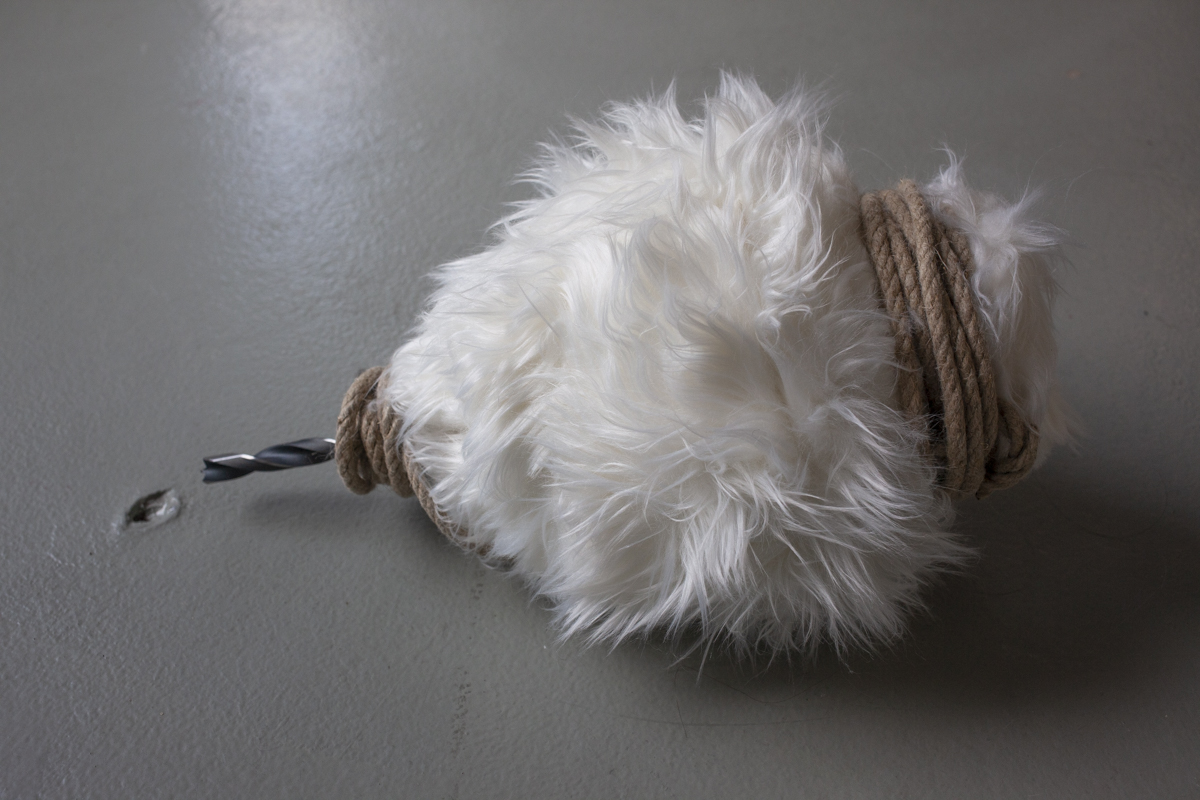INVENTORY FOR A SAFE AND FUN TRIP TO BE LOST
SCULPTURE SERIE/2021







A sculpture series that started after reading Kafka’s short story «The Burrow.» The story is about an unidentified animal going on a monologue, shifting from how happy and satisfied he is in his newly built burrow to how insecure and fearful he feels. This extreme shift from security to insecurity inspired the making of these sculptures, depicting movements that go in different or opposite directions, or that potentially move but in vain, to reflect these tensions of energy in the sculptures.